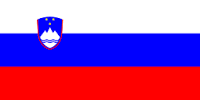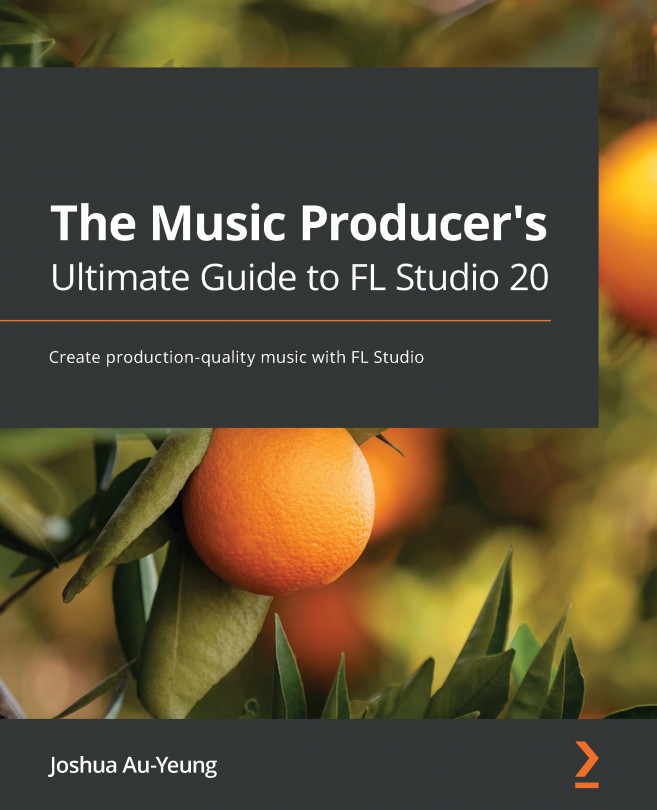-
Given a current sequence, predict the score for the next note, then do a prediction for each step you want to generate.
- (1) RNNs operate on sequences of vectors, for the input and output, which is good for sequential data such as a music score, and (2) keep an internal state composed of the previous output steps, which is good for doing a prediction based on past inputs, not only the current input.
- (1) First, the hidden layer will get h(t + 1), which is the output of the previous hidden layer, and (2) it will also receive x(t + 2), which is the input of the current step.
- The number of bars generated will be 2 bars, or 32 steps, since we have 16 steps per bar. At 80 QPM, each step takes 0.1875 seconds, because you take the number of seconds in a minute, divide by the QPM, and divide by the number of steps per quarter: 60...
 United States
United States
 Great Britain
Great Britain
 India
India
 Germany
Germany
 France
France
 Canada
Canada
 Russia
Russia
 Spain
Spain
 Brazil
Brazil
 Australia
Australia
 Singapore
Singapore
 Canary Islands
Canary Islands
 Hungary
Hungary
 Ukraine
Ukraine
 Luxembourg
Luxembourg
 Estonia
Estonia
 Lithuania
Lithuania
 South Korea
South Korea
 Turkey
Turkey
 Switzerland
Switzerland
 Colombia
Colombia
 Taiwan
Taiwan
 Chile
Chile
 Norway
Norway
 Ecuador
Ecuador
 Indonesia
Indonesia
 New Zealand
New Zealand
 Cyprus
Cyprus
 Denmark
Denmark
 Finland
Finland
 Poland
Poland
 Malta
Malta
 Czechia
Czechia
 Austria
Austria
 Sweden
Sweden
 Italy
Italy
 Egypt
Egypt
 Belgium
Belgium
 Portugal
Portugal
 Slovenia
Slovenia
 Ireland
Ireland
 Romania
Romania
 Greece
Greece
 Argentina
Argentina
 Netherlands
Netherlands
 Bulgaria
Bulgaria
 Latvia
Latvia
 South Africa
South Africa
 Malaysia
Malaysia
 Japan
Japan
 Slovakia
Slovakia
 Philippines
Philippines
 Mexico
Mexico
 Thailand
Thailand













